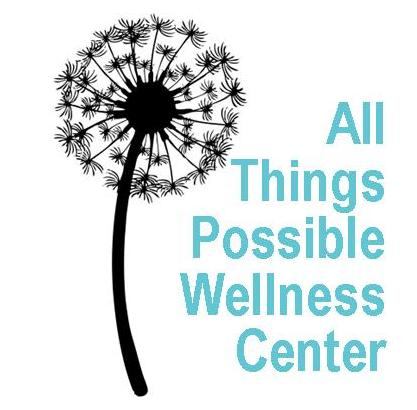What Is Play Therapy?
By: Linnea Sieh, MA, LPC
As a child and teen counselor, one of the most common questions I receive is “Why are you just playing in appointments?” While it may look like child therapists are just playing, we are really doing so much more in session! Let me take you on a mini tour of what Play Therapy is and some of the most common things you’ll see or hear about in appointments.
Traditional talk therapy is generally thought of as sitting still on a couch or chair, generally across the room from a clinician, and talking about daily living stress, trauma, or relationships. This can be super intimidating for anyone!
Now imagine yourself as a 6 year old with an attention span that’s developmentally a lot shorter than an adult’s attention span, less of a vocabulary, less control of your emotions, and much less able to accurately pinpoint and verbalize what’s wrong or what you’re feeling. And then you’re asked to sit still on a couch (that’s probably really big) and talk to a stranger, even though your grownups have told you not to talk to strangers! Yikes! Can you see how it might not work so well for kids?
Play therapy is a way to help bridge that gap and have kids feel more comfortable, as well as to give them a non-verbal way to express emotions or problems. It can be directive or non-directive/child led, which really just means that the therapist either directs or picks the activities or lets the child lead the activities. Having the session be child-led is probably the most common way that therapists use play, as it allows the therapist to look for themes, patterns, and any other factors that stick out. It allows the child to express themselves about whatever situation they are thinking about and sometimes even work through it to find a solution or coping skills. An example of this might be a kid who just moved to a new school and uses the dolls to act out different scenarios of what might happen at the new school. The therapist could join in this play (or not, sometimes kids don’t want the therapist to play along,) and have their doll be a new friend, a teacher, or any other character that the child wants in their story. This could help the child role play different situations and be less anxious about encountering those situations at later dates.
Play therapy can also look like taking turns playing a board game, a card game, or another turn taking game. Observing how a child plays a game is also super helpful for the therapist, as it gives us more information about how the child/teen manages their emotions. What happens when they lose? What happens when they win? How do they manage taking turns? Do they cheat or follow the rules?
Some common games used in sessions are Uno, Jenga, Sorry, or Candyland. We can use the games with different colors to talk to kids about emotions, such as talking about anger when we play a red card in Uno and Candyland, or with colored Jenga blocks. Sorry is great for teaching frustration tolerance, as you can, at any time, be bumped back to the starting spot. Jenga is great for discussing anxiety, especially if you have Jenga Quake- the version that shakes randomly- with kids in a low stakes way.
There are also therapy specific games, like the Ungame, Superhero Strengths, and Mad Dragon. The Ungame is a non-competitive game of questions that the players take turns answering. They range from lighter topics, to deeper topics. Superhero Strengths is a game that talks about resilience, coping skills, and lots of other things that clients (and superheroes) could both benefit from. Mad Dragon is just like Uno, matching colors or numbers, but includes questions, tips, and anger management skills that the players take turns reading or practicing.
Your child or teen’s therapist might also talk about video games, movies, or any other media that your child uses, especially if they are utilizing online communities to fill some of their social needs. This is a great way to build rapport with youth, since media is so prevalent these days. Art and music are also common additions. The therapist might suggest making a music play list for coping, or making art to non-verbally express themselves.
So what’s in a child and adolescent therapist’s office? Games, lots of games, fidgets, toy cars, art materials, dolls, or dollhouses, Legos or other building toys, animal figures, people figures, stuffed animals, books… The sky (and the office space) is the limit!
At All Things Possible, the Play Space is available at our main office in Clinton Township for all our therapists to utilize and includes all of the above, as well as slime making supplies, which is a very popular thing for kids to use. We have play resource boxes at our other two offices as well, in order to help our clinicians utilize play in sessions. If you’re curious about a more in depth discussion about Play Therapy, please visit the Association for Play Therapy’s Parent’s Corner at their website: https://www.a4pt.org/page/ParentsCornerHomePag
